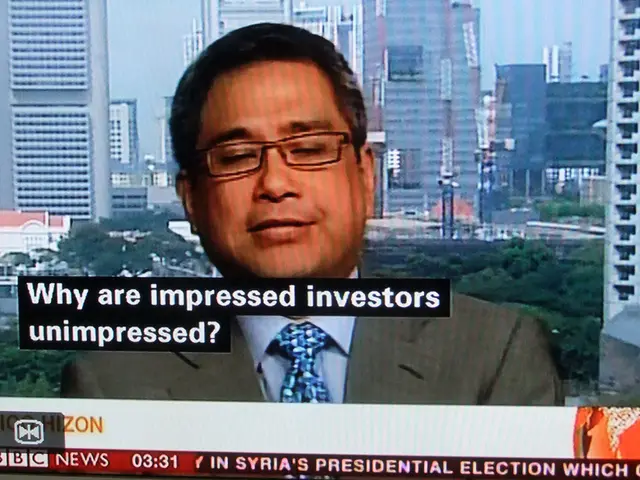Overview of Crucial Minerals Sector in 2023
In the race to secure sustainable mineral supplies and drive the energy transition, countries worldwide are implementing policies and initiatives to diversify their sources. This shift is in response to the increased demand for critical minerals like lithium, cobalt, and nickel, particularly in the energy sector.
The energy sector's growing reliance on these minerals, crucial for energy storage and clean energy applications, has led to a significant challenge in meeting the current demand. The affordability and pace of energy transitions are heavily influenced by the availability and price volatility of these critical minerals.
In 2022, global battery demand for clean energy applications surged by two-thirds, outpacing the growth rate of electric car sales as average battery sizes for EVs increased in major markets. As a result, the market size of energy transition minerals has doubled in the past five years, reaching USD 320 billion in 2022.
Venture capital funding for critical minerals start-ups also saw a significant boost in 2022, reaching a record USD 1.6 billion, marking a 160% year-on-year increase. Battery recycling, lithium extraction, and refining technologies attracted the largest share of VC funding.
In an effort to enhance the security and sustainability of critical mineral supplies, the European Union has been actively involved. Key initiatives include the EU's Raw Materials Strategy, aimed at reducing dependence on other regions, particularly China, while improving recycling and supply chain resilience.
Countries like the United States and Australia have also implemented significant initiatives, focusing on domestic mining development and recycling of critical minerals. Chinese mining companies doubled their investment spending in critical minerals in 2022.
Demand for batteries in vehicles has been a significant driver of the increased demand for these minerals. Between 2017 and 2022, demand for lithium tripled, cobalt saw a 70% jump, and nickel experienced a 40% rise.
Prices of many critical minerals surged in 2021 and early 2022, but began to stabilise in the latter half of 2022 and into 2023, remaining above historical averages. Automakers, battery cell makers, and equipment manufacturers are directly investing in the critical minerals value chain to meet the surging demand.
The IEA Critical Minerals Policy Tracker identifies nearly 200 policies and regulations globally, with over 100 enacted in recent years. Some interventions have included restrictions on import or export, leading to a fivefold increase in export restrictions on critical raw materials since 2009.
In conclusion, the energy transition is driving a surge in demand for critical minerals, necessitating significant investment in their development and recycling. Countries are implementing policies and initiatives to secure sustainable supplies and improve their resilience in the face of price volatility. The race to secure these critical minerals is a key factor in the affordability and pace of the energy transition.








